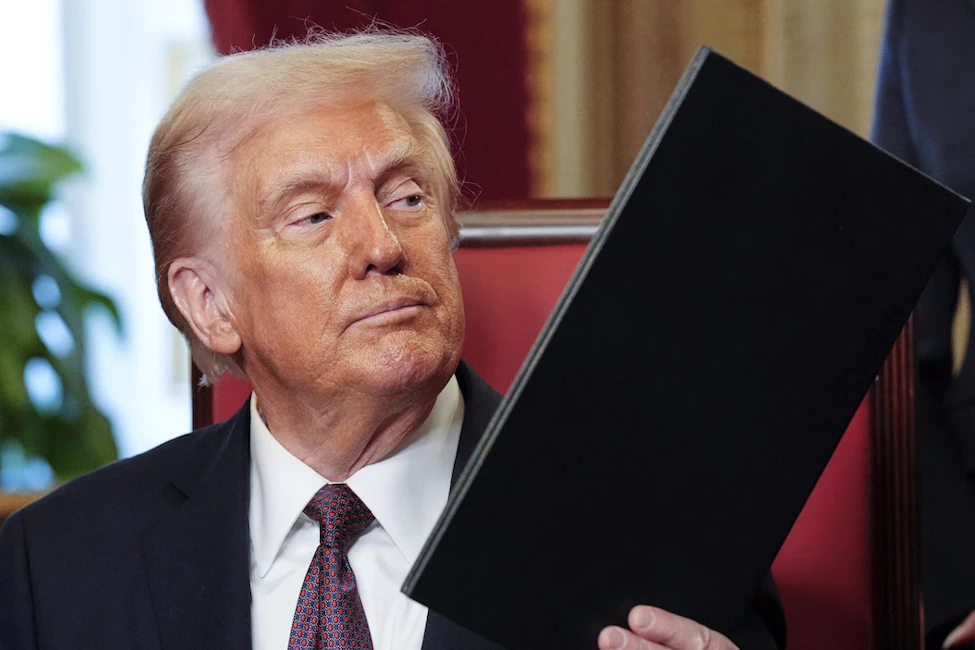Canadian entrepreneurs are bracing for potential turbulence following U.S. President Donald Trump’s latest announcement. On January 20, during a signing of executive orders at the White House, Trump signaled his intent to impose tariffs of up to 25% on imports from Canada and Mexico by February 1. Citing migration and the flow of drugs like fentanyl across borders, Trump described Canada as a “very bad abuser.”
What This Means for Entrepreneurs
While some may dismiss Trump’s remarks as political rhetoric, the possibility of sweeping tariffs is a game changer for Canadian businesses. Whether you’re a small-scale exporter or a multinational company, the prospect of such drastic measures demands a strategic pivot. Finance Minister Dominic LeBlanc assured Canadians late Monday that the government is prepared for a range of scenarios, though he acknowledged Trump’s unpredictability.
“Our country is absolutely ready to respond to any one of these scenarios,” LeBlanc stated after emerging from a cabinet meeting in Montebello, Quebec. Despite these reassurances, businesses must prepare for a ripple effect on costs, supply chains, and market access.
Team Canada’s Response: A United Front
Trade Minister Mary Ng emphasized that the federal and provincial governments are adopting a “Team Canada” approach to mitigate potential fallout. The strategy aims to convince American counterparts that tariffs on Canadian goods will hurt U.S. jobs just as much as Canadian exporters. The emphasis on a collaborative response underscores the stakes involved for industries on both sides of the border.
Energy Opportunities Amid Uncertainty
Interestingly, Alberta Premier Danielle Smith identified a potential silver lining. Referring to Trump’s vow to declare a national energy emergency and expand American energy exports, Smith proposed Canada as a natural partner. “Americans want to have energy dominance globally, and I believe the best way for them to achieve that is for Canada to be a partner in that,” Smith explained, offering a pragmatic approach to maintain economic ties.
A Business-Centric Perspective
Entrepreneurs must navigate this evolving trade landscape with agility. Here are three immediate steps to consider:
- Reassess Supply Chains: Diversifying suppliers or exploring domestic options can minimize dependency on U.S. imports and exports.
- Advocate with Data: Use hard facts to counter misinformation, as highlighted by Liberal MP John McKay, who dismissed Trump’s claim that Washington subsidizes Canada at $100 billion annually as “nonsense.”
- Leverage Partnerships: Aligning with provincial and federal initiatives like Team Canada can amplify the entrepreneurial voice in critical discussions.
A Delicate Dance of Diplomacy
Prime Minister Justin Trudeau’s response to Trump’s inauguration struck a conciliatory tone. “We are strongest when we work together,” Trudeau wrote, emphasizing Canada’s ongoing efforts to secure the border in response to U.S. concerns about migrants and drugs. Yet, when asked about his first foreign meeting, Trump made a pointed comment by referring to Trudeau as a “governor” and jokingly alluding to Canada as the 51st state. Such remarks, while flippant, underscore the complexities Canadian leaders face in protecting national interests while maintaining diplomatic ties.
Preparing for February 1
As the February 1 deadline looms, businesses must stay informed and proactive. While Trump hinted at universal tariffs on all foreign imports, he described them as “not ready yet.” However, his remark that tariffs could bring “a lot of money” signals his unwavering focus on economic protectionism.
The Bottom Line
Canadian entrepreneurs must treat these developments as more than a political sideshow. The proposed tariffs could redefine cross-border trade dynamics, forcing businesses to innovate and adapt. With robust contingency planning, Canadian enterprises can emerge not just unscathed but stronger.







